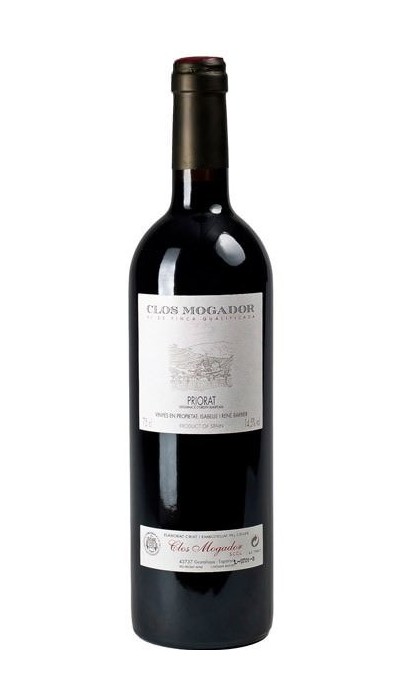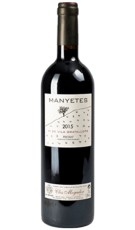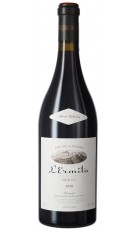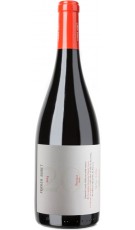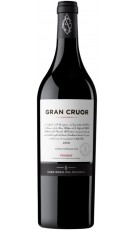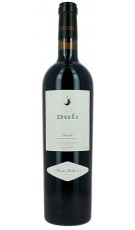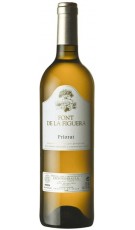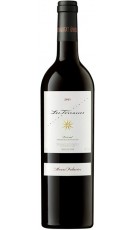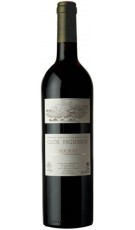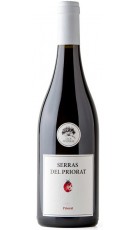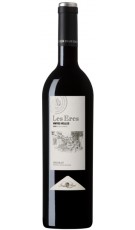
Clos Mogador 2021
Red Wine Reserva, 20 months in oak barrels
Prices VAT included
| Color and Appearance: | Color púrpura con alta viscosidad y reflejos granates atractivos que invitan a investigarlo más a fondo. |
| Nose / Aroma: | En nariz es concentrado y embriagador, recubierto de tabaco y cerezas maduras. El uso juicioso de depósitos más grandes ha conseguido que la concentración del vino no se convierta en abrumadora. |
| Mouth / Flavors: | Las sensaciones en el paladar comienzan con una calidez y suavidad que oculta su juventud. Una abundancia de frutos rojos terrosos se superpone con café, regaliz y especias, todo armonizado por los taninos sutiles y bien equilibrados. |
| Tasting notes: | El final es una extensión natural de la sensación en boca, con notas de mermelada, ahumados, y una càlida y alentadora textura |
| Recommendations: | Se recomienda decantar como también servirlo en unas copas adequadas, (por exemplo: Riedel o Speigelau.) |
| Kind of wine: | Red Wine. |
| Grape Varieties: | 49% Garnatxa, 25% Cariñena,16% Syrah, 10% Cabernet sauvignon |
| Vintage: | 2021 |
| Ageing: | 20 months in oak barrels of 300 L and 2000 L. |
| Alcohol: | 15% vol |
| Acidez: | 5,8 g/l |
| Formats: | 0,75L |
| Production: | 31.000 bottles. |
| Peñín Guide: | 97 |
CLOS MOGADOR

Clos Mogador
Clos Mogador is the consequence of many generations. These generations have been passionate, have lived the moment with a keen sense of intuition, and have enjoyed many experiences and emotions. Great-grandparents, grandparents, parents, ourselves, our children and our grandchildren-all of us have enjoyed, we still enjoy and continue to enjoy the beauty and fragrance of wild rosemary, mixed with the scent of thyme and lavender. They smell the soil after rain and the clay, baked hard in the summer months when rain is scarce. The rocks are heated by sunlight, an intense smell mixed with the scents of spices and ash from burning the branches during winter pruning. They live with slow buzzing bluebottles at harvest time, the cicadas sing song and on a cool night, the frogs sing heartily, joining in with the crickets. Spring flowers and we awaken to birdsong. The birds, in their promiscuity, help pollinate and produce new fruits that are harvested. The insects fly from flower to flower, creating unique creatures, fleshy berries with wonderful flavour, and perfume that will never again be experienced. The vineyards are dotted with olive trees, fruit trees and also not far away, some holm oaks with one or two pine trees that interrupt our view. Wrinkled figs and textured almonds, fruit surrounded by bushes of all kinds, flowers blooming in every season, saturating the air with scents throughout the year... He remember his son, René when he was three years old, spending his days with a group of friends, selecting the best wild berries and putting them in a sand bucket from the beach. He remember my wife, Isabelle, helping him select the best figs to dry or for eating immediately, or his other son, Christian, who is unable to live in any other place on this planet than here, surrounded by all kinds of nature ... "To make good wine", says my oldest son, "you have to choose the best grapes, the ones you would eat..." and this cannot be done in large fermentation vats, it has to be done the same way his son once filled his sand bucket, by filling small tanks ... After all this, a bottle of Clos Mogador brings them together to share their passion. Without realizing it, they have been taken on amazing journeys where they have met new people who fill their hearts with happiness. He is reminded of the comments of his youngest son, Anderson, who is thirteen, a comedian, happy, a humanist ... He would say with a beaming smile: "many small things in life are beautiful, gather them around you." And perhaps, at the same time, they will offer you a glass of Clos Mogador.
Winemaking and viticulture
Their primordial concern is keeping the soil alive whilst at the same time, studying its DNA. The combination of expertise serving the immediate needs of the moment. The enriching of the schist-based soil in symbiosis of the proportional growth of the vines according to natural moisture. Protection of the exhaustion of soils and avoiding detrimental evaporation. Pruning adapted to vineyard circumstances and the protection of useful weeds.
Sowing of certain plants (cereals or similar) which will contribute to the formation of biomass, as well as adding to composts which have been carefully studied to offer the vine the food it needs.
The development of our wines’ quality depends directly on our vineyard techniques.
They obsessed by the expression “terroir”. A wine is a snapshot of where it was made. A winemaker who does not live with his vines is transformed almost automatically into the worst enemy of the spirit of a great wine.
www.closmogador.com
Featured products

(+34) 91 129 11 11
(+34) 638 458 218
- Brandy
- Cognac
- Gin Premium
- Ron
- Whisky
- Denomination of Origin
- Winery


















